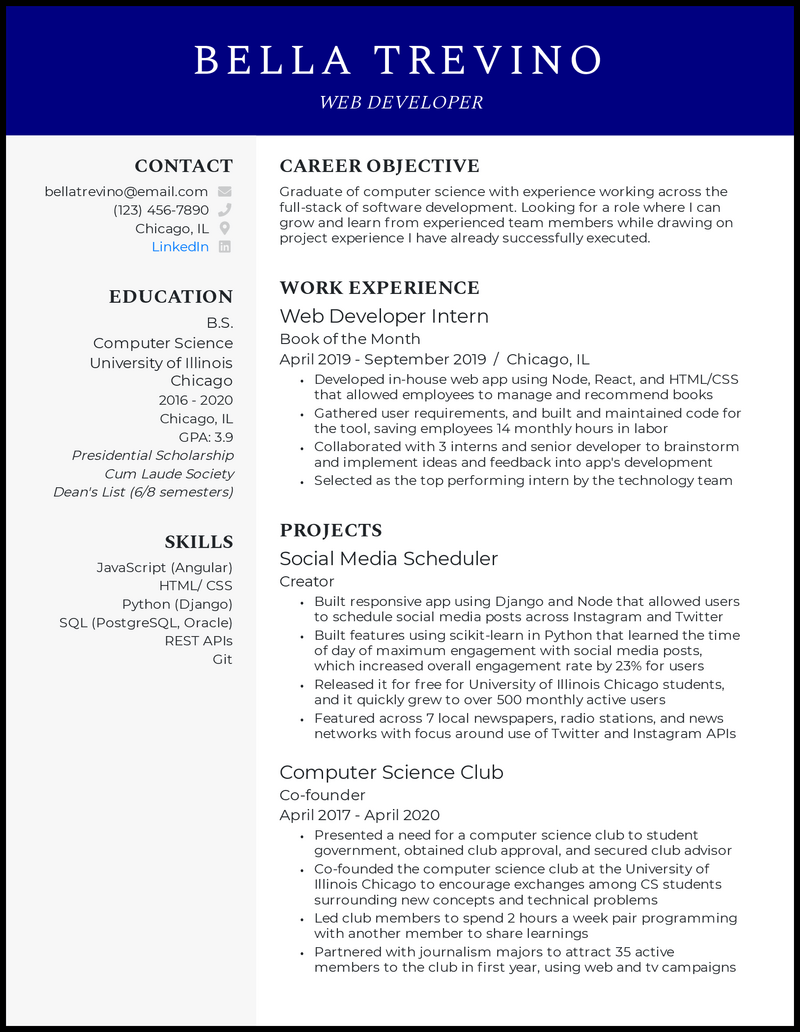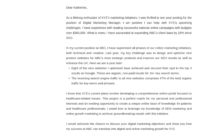Landing that first computer science job after graduation can feel like navigating a complex algorithm. You have the skills, the degree, and the passion, but how do you effectively convey all of that on a single document that often gets a mere six-second glance? Your Curriculum Vitae, or CV, is your personal marketing tool, your handshake before the interview, and for fresh graduates, it needs to be exceptionally well-structured and compelling.
This article will walk you through creating an effective computer science graduate cv template, tailored to highlight your academic achievements, technical proficiencies, and project-based experience. We will explore the essential sections, provide tips for making your application shine, and help you transform your hard-earned knowledge into a document that opens doors to exciting career opportunities in the tech world.
Building the Foundation: Essential Sections for Your CV
When crafting your computer Science graduate CV, think of it as a well-organized program. Each section has a specific function, contributing to the overall impression you make on a recruiter. A clear, logical flow ensures that critical information is easily found, allowing hiring managers to quickly grasp your potential and suitability for the role. Let us break down the core components you absolutely need.
Start with your contact information, placing it prominently at the top. This includes your full name, phone number, professional email address, and a link to your LinkedIn profile. If you have an online portfolio, GitHub repository, or a personal website showcasing your projects, include those links too; they are invaluable for computer science roles. Following this, a concise personal statement or objective provides a snapshot of your career aspirations and what you bring to the table. For a graduate, an objective statement outlining your desire to apply your academic learning in a professional setting is often suitable.
Your education section is paramount as a recent graduate. List your degree, major, university name, and graduation date. If your GPA is particularly strong, consider including it. Mention any academic honors, scholarships, or relevant coursework that demonstrates specific skills, such as advanced data structures, algorithms, or machine learning. This shows you have a solid theoretical background that can be applied practically.

Showcasing Your Technical Prowess
This is where you truly differentiate yourself. Your skills section should be comprehensive but also tailored to the jobs you are applying for. Categorize your skills where possible, separating programming languages from development tools or operating systems. Do not just list them; consider adding a proficiency level if you are confident.
Critically, your projects are often more important than traditional work experience for a graduate. Devote a significant portion of your CV to detailing personal projects, academic assignments, or open-source contributions. For each project, briefly describe its purpose, the technologies used, your specific role, and, most importantly, the outcome or impact. Quantify results whenever possible; for example, “Developed a web application that processed user input 20% faster.”
Here is a list of key skills to consider including:
- Programming Languages: Python, Java, C++, JavaScript, Go, Ruby
- Web Technologies: HTML, CSS, React, Angular, Node.js, Django, Flask
- Databases: SQL, NoSQL, MongoDB, PostgreSQL
- Cloud Platforms: AWS, Azure, Google Cloud Platform
- Tools & Software: Git, Docker, Kubernetes, Jira, VS Code
- Operating Systems: Linux, Windows, macOS
- Concepts: Data Structures, Algorithms, Object-Oriented Programming, Machine Learning, AI, Cybersecurity
Elevating Your CV: Tips for Standing Out in a Competitive Field
Having the right sections is a great start, but the execution makes all the difference. In a competitive job market, your CV needs to do more than just list facts; it needs to tell a compelling story about your potential. One of the most critical tips is to always customize your computer science graduate CV for each application. Copy-pasting the same document for every job opening is a sure way to end up in the discard pile. Read the job description carefully and incorporate keywords and phrases used by the employer into your CV. This helps with Applicant Tracking Systems and shows you have paid attention.
Quantify your achievements whenever possible. Instead of saying “worked on a project,” say “optimized database queries, reducing load times by 30%.” Even for academic projects, think about the impact. Did your algorithm improve efficiency? Did your software handle a certain number of users? Numbers provide concrete evidence of your capabilities and make your contributions tangible and impressive.
Use strong action verbs. Start bullet points describing your responsibilities and achievements with verbs like “Developed,” “Implemented,” “Designed,” “Analyzed,” “Optimized,” “Managed,” or “Engineered.” This makes your statements more impactful and dynamic. Also, ensure your formatting is clean, consistent, and easy to read. Use clear headings, bullet points, and appropriate white space. A cluttered or poorly formatted CV is difficult to read and reflects poorly on your attention to detail.
Proofread meticulously. A single typo or grammatical error can undermine your professionalism. Ask a friend, mentor, or career advisor to review your CV for errors and clarity. Beyond the document itself, ensure your online presence aligns with your professional image. Recruiters often check LinkedIn profiles, GitHub repositories, and personal websites. Make sure these platforms are up-to-date and showcase your best work. Consistency across all your professional profiles reinforces your brand.
Consider adding a “Soft Skills” section if space allows and if these skills are relevant to the job description. While technical skills are vital, employers also value communication, problem-solving, teamwork, and adaptability. Briefly mention these and provide examples of how you have demonstrated them through projects or academic group work.
Crafting a compelling CV is a significant step in launching your computer science career. It is an iterative process that improves with each application and as you gain more experience. By focusing on your core technical skills, detailing your relevant projects, and tailoring your document to each opportunity, you will significantly enhance your chances of securing those coveted interview invitations.
Remember, your CV is a dynamic document designed to evolve as you do. Invest the time to make it a powerful representation of your abilities and aspirations. With careful attention to detail and a strategic approach, you are well on your way to making a strong first impression in the exciting and ever-expanding world of technology.
